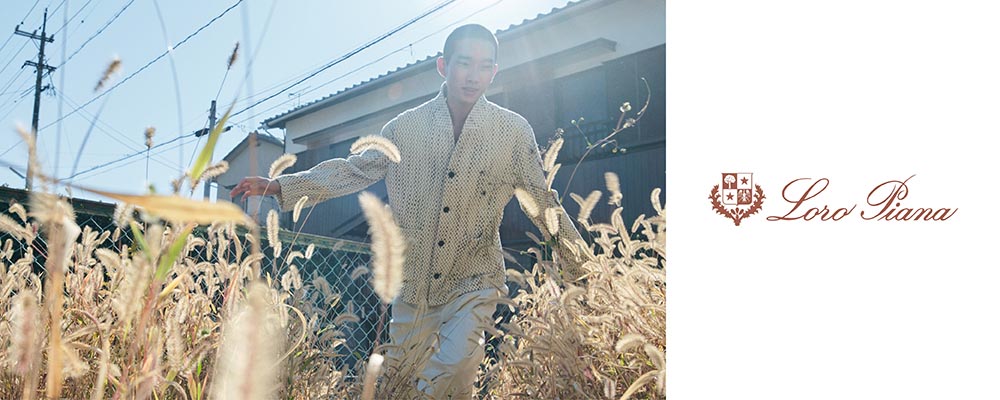An intercultural artistic journey: exploring plural identities and diverse expressions at the 60th Venice Biennale, from reflecting on the other to rejecting discrimination in contemporary art and life
Words DILETTA MARSILI
The title of the exhibition, “Strangers Everywhere,” shines brightly thanks to the blue neon with which it is crafted and represents the first encounter between the exhibition and the guests who visit it. Its purpose? To remind us that one can be a stranger simply by deviating from the “norm.” Exploring the various pavilions of the Venetian exhibition, if one feels indifference or disagreement with the presented works, it is because they are too “Western and ordinary” compared to the parts of the world represented, those outside the Caucasian cocoon. At the Biennale, 331 artists are exhibited, most of whom had never participated before this edition, hailing from Latin America, Africa, the Middle East, and Asia. The identities that make up the Biennale’s network are as diverse as the artistic expressions that the creators have chosen to support their pavilion. From colorful and animated murals, like that of the Amazonian indigenous group Mahku on the facade of the central pavilion in the gardens, to sections dedicated to homosexuality, where works like the sculpture by Dallas Puppies Puppies stand out, depicting a body transitioning between masculine and feminine, or that of the Aravani Art Project group, composed of cisgender and transgender women who, with their murals, strive to give a positive connotation to gender dysphoria.



Works made with fabric are also frequent, whether in the form of tapestry, handprint, or embroidery; they are employed to convey traditions or messages. In this genre, one of the most significant works is Teresa Margolles’ tapestry, a Mexican artist who created her piece from the shroud in which a Venezuelan man was wrapped, killed while fleeing his country.

In this Biennale, the “Western” majority gives way to the rules and customs of the peoples around the equator, to all those considered “queer” not by choice, to those who know how to confront the condition of marginality in the face of the pursuit of money (typical of Westerners) and life itself. The sixtieth International Art Exhibition leads us to reflect primarily on the concept of the “other,” where the other is one who lives outside the West or is different in any form. But, after all, who decides what is different? What is wrong? The current state of the world ensures that there is no distinction between “first-class” and “second-class” human beings. We all suffer from overwhelming situations that, like a sword of Damocles, hang over the world



